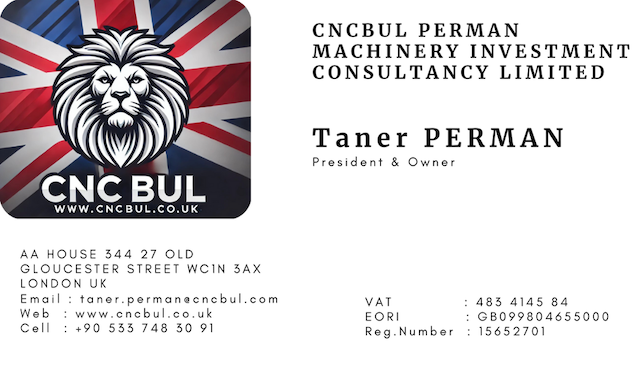22/07/2024
What is Regenerative Thermal Oxidizer?
A Regenerative Thermal Oxidizer (RTO) is an industrial system used for the treatment of exhaust air. It is designed to destroy volatile organic compounds (VOCs) and hazardous air pollutants (HAPs) by heating the contaminated air to a high temperature and breaking down the pollutants through oxidation. Here’s a detailed explanation of its components and working principle:
Components:
- Chambers: Typically, an RTO has multiple chambers (often three) that are packed with ceramic media, which acts as a heat exchanger.
- Burner: Heats the air to the required oxidation temperature, usually between 800°C to 1,000°C (1,472°F to 1,832°F).
- Valves: Direct the flow of exhaust air through the system, ensuring that the process is efficient.
- Blower: Moves the exhaust air through the system.
- Heat Recovery System: Allows the RTO to reuse the heat generated during the oxidation process, making it energy-efficient.
Working Principle:
- Preheating: The contaminated air is first directed through one of the chambers filled with ceramic media, which has been preheated by the hot exhaust air from a previous cycle.
- Oxidation: The preheated air then passes through the burner where it is heated to the oxidation temperature, causing the VOCs and HAPs to oxidize, forming carbon dioxide and water vapor.
- Heat Recovery: The hot, clean air then passes through another chamber filled with cool ceramic media, transferring its heat to the media and cooling down before being released into the atmosphere. This transfer of heat is what makes the RTO energy-efficient.
- Cycle Reversal: The direction of the airflow is periodically reversed by the valves, ensuring that the ceramic media in all chambers gets used and preheated efficiently.
Advantages:
- Energy Efficiency: The heat recovery process significantly reduces fuel consumption.
- High Destruction Efficiency: Can achieve destruction efficiency of over 99% for VOCs and HAPs.
- Low Operating Costs: Due to the efficient heat recovery, operational costs are lower compared to other thermal oxidizers.
- Environmentally Friendly: Reduces harmful emissions and can often meet strict environmental regulations.
Applications:
- Paint and coating operations
- Chemical manufacturing
- Printing and packaging
- Food processing
- Pharmaceutical manufacturing
RTOs are widely used in industries where VOC and HAP emissions are a concern, providing an effective solution for air pollution control.


